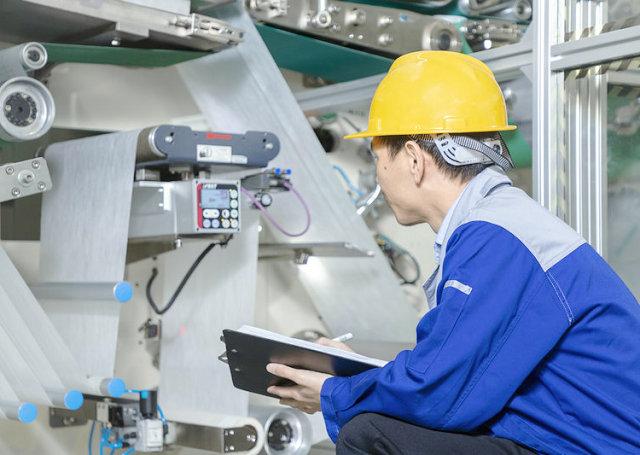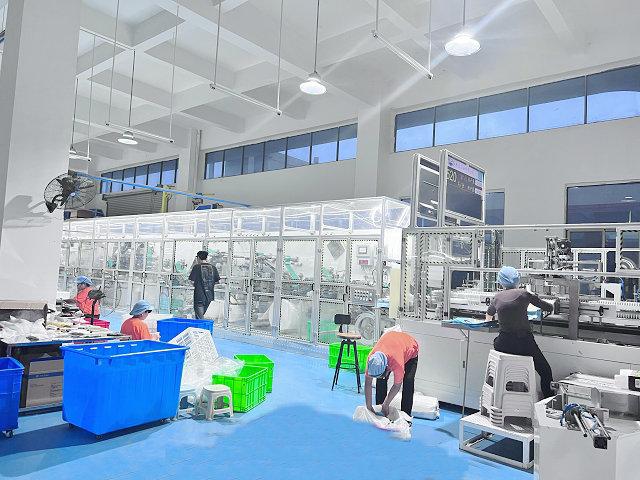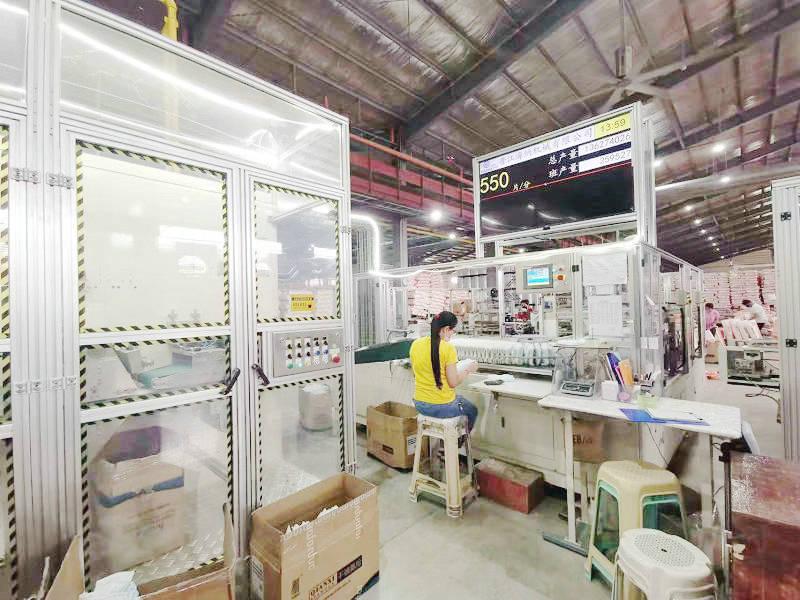Author:Haina Machinery Factory FROM:Diaper Machinery Manufacturer TIME:2023-10-16
Introduction:
The baby diaper production line plays a crucial role in the hygiene products industry. Ensuring the maintenance and smooth operation of the production line is essential for manufacturers to meet the increasing demand for baby diapers. This guide provides valuable insights into the maintenance practices that can help baby diaper production line manufacturers optimize their operational efficiency and extend the lifespan of their equipment.

Regular cleaning and inspection are vital for maintaining the hygiene and functionality of the baby diaper production line. It is recommended to establish a routine cleaning schedule and designate specific personnel responsible for this task. The cleaning process should include removing dust, debris, and accumulated residues from all components and surfaces of the production line.
Inspecting the equipment is equally important. Check for any signs of wear and tear, loose or damaged parts, and potential safety hazards. Pay special attention to the cutting and sealing mechanisms, as they are critical for the quality of the final product. Replace any defective or worn-out components promptly to prevent production delays and maintain high-quality standards.

Lubrication is an essential maintenance practice to keep the baby diaper production line running smoothly. Regularly lubricate all moving parts, such as conveyors, rollers, and gears, using appropriate lubricants recommended by the equipment manufacturer. This helps to minimize friction, reduce wear, and prevent breakdowns.
In addition to lubrication, calibration of the production line is crucial to ensure consistent output. Calibrate the cutting, folding, and sealing mechanisms to maintain accurate dimensions and alignment of the diapers. Monitor the performance of sensors, actuators, and control systems to facilitate precise control over the production process. Regularly recalibrate the equipment as necessary to maintain optimal performance.

Well-trained staff is essential for the efficient operation and maintenance of the baby diaper production line. Provide comprehensive training to all personnel involved in operating and maintaining the equipment. They should understand the operating procedures, safety guidelines, and troubleshooting techniques.
Implement proper safety measures to protect workers and prevent accidents. Ensure that all operators wear appropriate personal protective equipment (PPE), such as gloves and safety glasses. Regularly inspect the safety features of the production line, including emergency stop buttons, safety interlocks, and guards.
Promote a culture of safety by conducting regular safety audits, encouraging reporting of near misses, and providing ongoing safety training. It is crucial to prioritize the well-being of the workforce and minimize the risk of injuries.
Conclusion:
By following these maintenance practices, baby diaper production line manufacturers can ensure the smooth functioning of their equipment, reduce downtime, and improve the overall productivity of their operations. Regular cleaning and inspection, lubrication and calibration, as well as staff training and safety measures, are critical components for maintaining optimal efficiency and prolonging the lifespan of the production line. Adhering to these guidelines will help manufacturers meet the increasing demand for baby diapers and deliver high-quality products to consumers.
